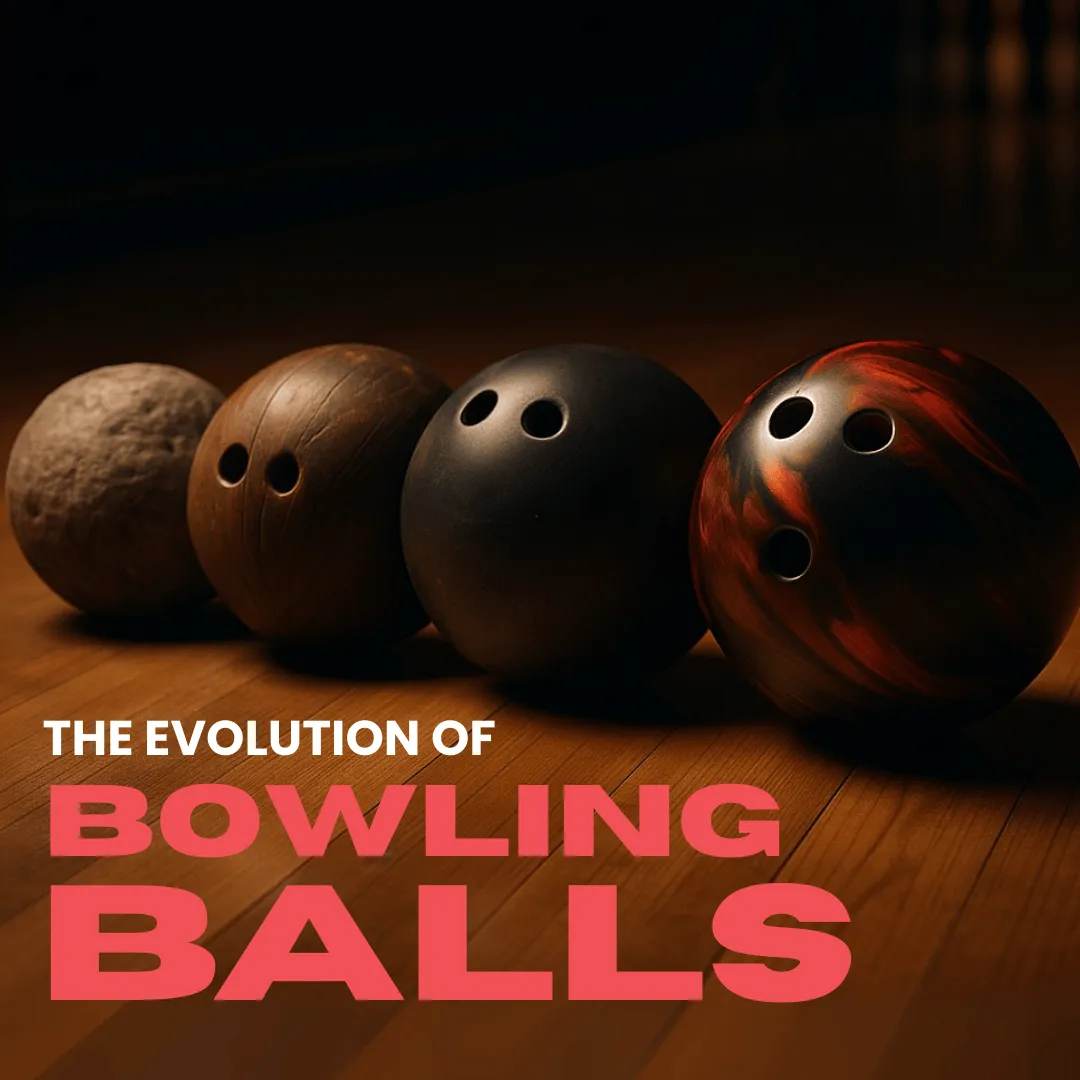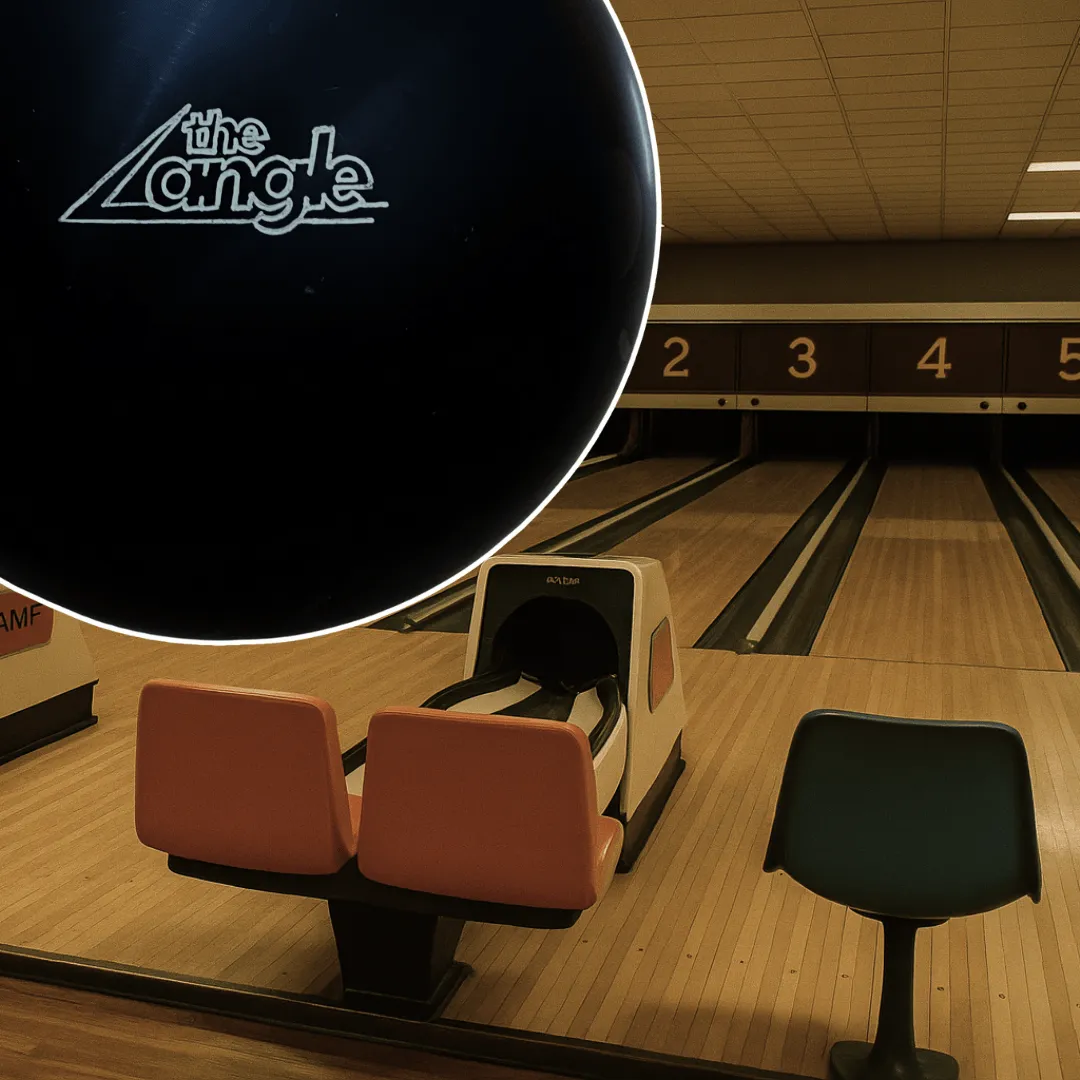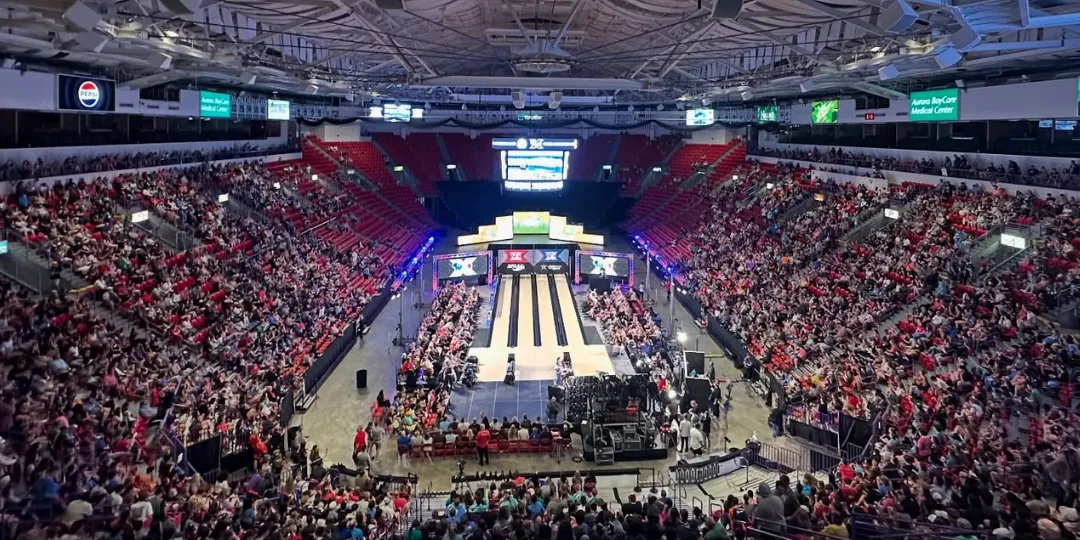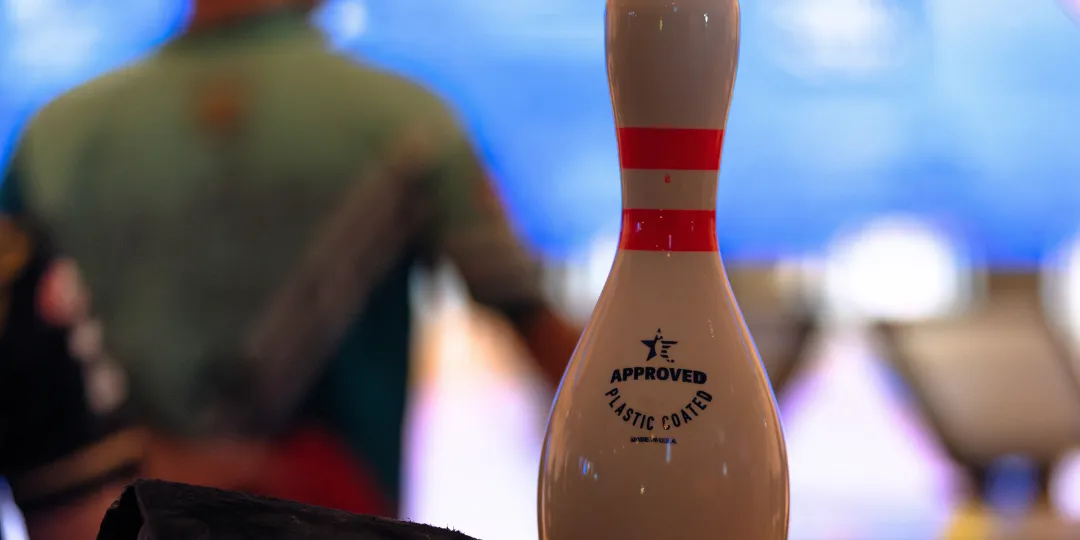More than 100 years have passed since Leo Baekeland, a Belgian chemist, created the first synthetic plastic. In this relatively short time, various plastics and their products have become not only an integral part of our lives but also the pollution of nature.
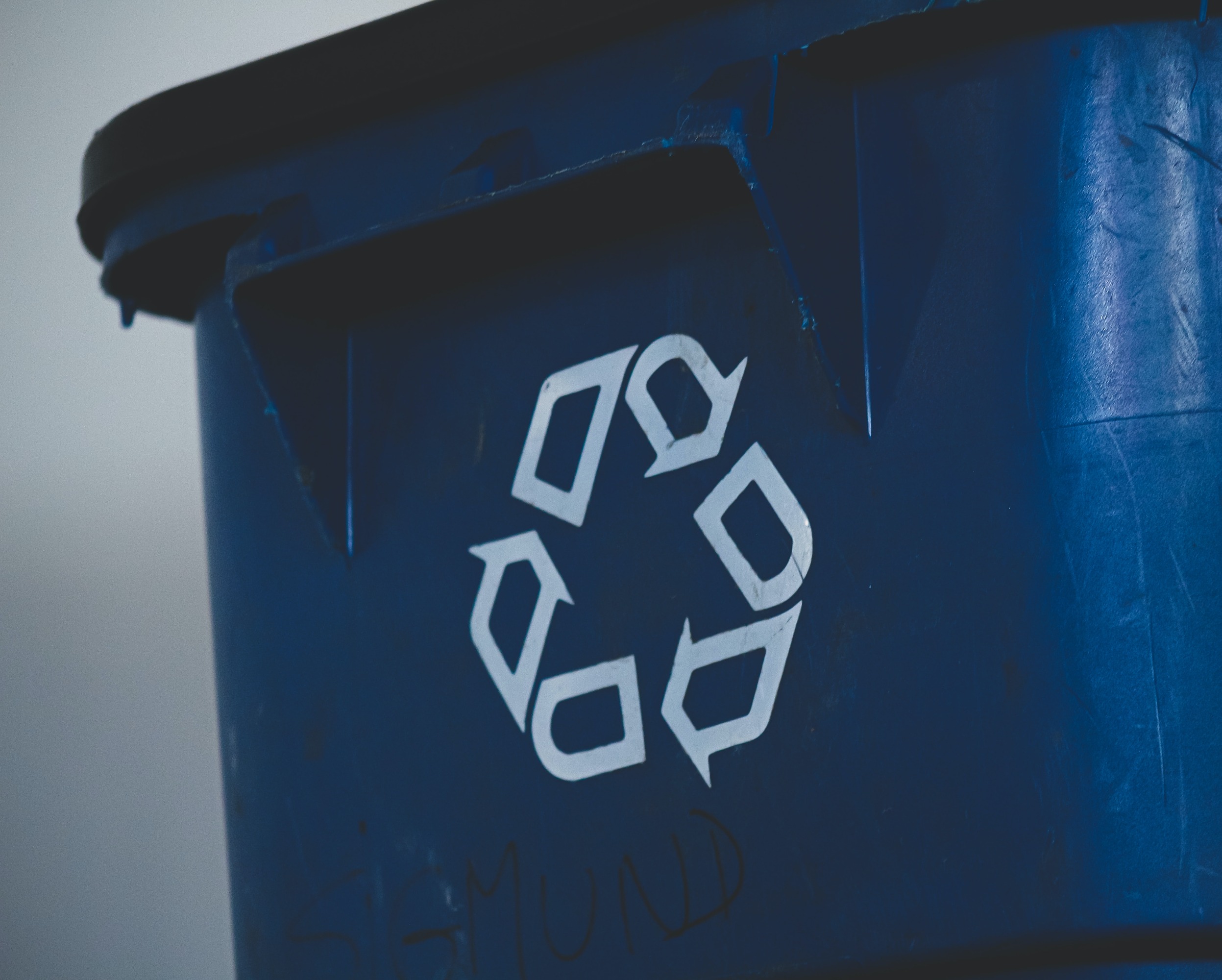
If manufacturers made the first bowling balls from wood and rubber, plastic entered the bowling ball production workshops in the second half of the last century. It proved its excellence, and now the market is filled with plastic bowling balls. Most of us buy several bowling balls a year. Usually, the old ones are no longer needed. It just dulls in the basements and garages. But if bowling balls are made of plastic, can they be recycled?
In the 1970s, hard plastic, a.k.a. polyester, was everywhere, from seat belts to the clothing industry or even pillowcases. The popularity of this oil product was caused by its durability, abrasion resistance, and cheap production. So it is not surprising that polyester has become indispensable in the production of bowling balls. Although even when hooked, the polyester bowling balls rolled straight down the lane due to their surface characteristics. Players loved them, though, and called them 'almost indestructible'.
It was not for nothing that various manufacturers gave polyester balls a lifetime warranty.
Bowling balls made of polyester served for about 15 years in the hands of a professional. Hence, bowling balls had to be purchased only 2-3 times during players' careers. And for less frequent players, it served a lifetime.
More reaction - less durability
Time passed, and technology, along with the game of bowling itself, changed. Manufacturers sought a substance that would absorb more lane oil for better friction. Better oil absorption was necessary for the ball to make a more vigorous turn in its trajectory when approaching the pins. Manufacturers observed that the more reaction bowling ball had, the more strikes players made. Therefore, new bowling balls were covered with plastics with better absorbent properties - polyurethane and polyester resin.
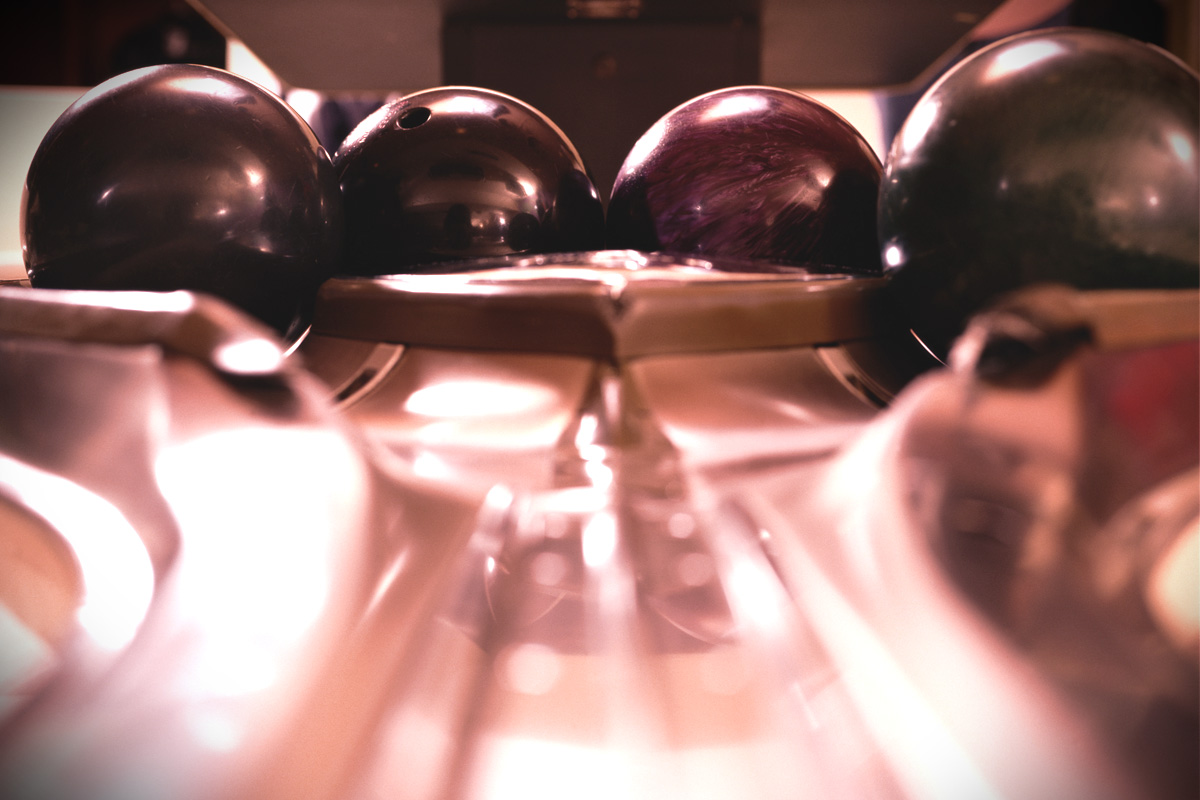
However, unlike the previously used polyester, these plastics are much less durable. That is why bowling balls lose their reaction over time - plastic's absorbent properties deteriorate as it reacts with the lane oil. And that is why professional bowlers change their bowling ball arsenal so often (world-class players can drill up to 200 new balls a year).
When changing balls so frequently, a natural problem arises - where to put the old ones? Especially when you run out of space in the basement or garage. But if they were made of plastic, can bowling balls be recycled?
Two characteristics determine the recycling of bowling balls
Unlike plastic bottles, recycling a bowling ball is very difficult. Plastics covering current bowling balls are mixed with other substances - calcium carbonate, barium sulfate, glass beads, pigments, and even various odorants. Moreover, bowling balls are mainly made of thermosetting plastics. Strong intermolecular bonds characterize thermosetting plastics, so they do not lose shape even when heated.
Unfortunately, bowling balls are unsorted and non-recyclable in view of these two properties.
On the other hand, bowling balls are suitable for secondary use. For example, they can be given to beginners or used as unique indoor or outdoor decor. Everything is a matter of your imagination.

